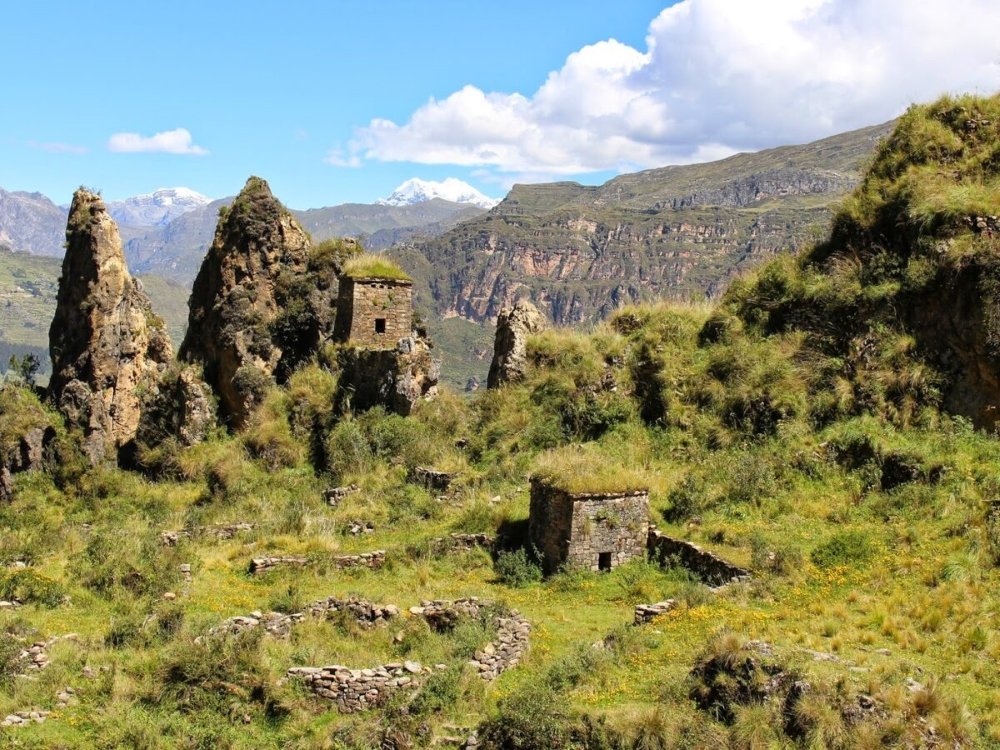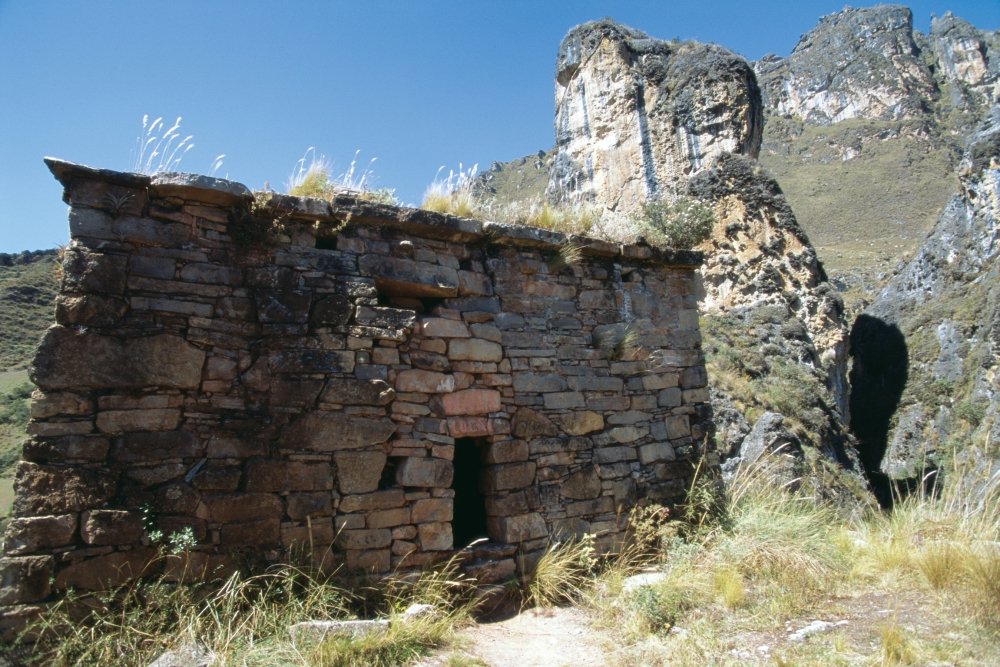Goñicutac Archaeological Ensemble | Pasco
The Goñicutac Archaeological Ensemble is located in the region of Pasco, specifically in the province of Pasco, near the district of Huachón. The Pasco region is located in the central part of Peru, in the Andean zone of the country.
On average, the altitude of this region is between 4000 and 4500 meters above sea level.
History of the Archaeological Ensemble Goñicutac | Pasco
The Goñicutac Archaeological Ensemble is a site of great historical and archaeological importance in the Pasco region of Peru. Although there is not a significant amount of information available on its specific history, it is known that the area was inhabited by various pre-Inca cultures that left their mark in the form of constructions and archaeological remains.
The Pasco area has been inhabited by various cultures over the centuries, from pre-Columbian times until the arrival of the Spanish in the 16th century. These cultures include the Wari, a pre-Inca civilization that flourished in the region between the 6th and 11th centuries AD, and the Tiahuanaco, another pre-Inca civilization that influenced the region.
Archaeological remains at Goñicutac suggest that it was an important ceremonial and population center in ancient times. Archaeologists have discovered structures such as platforms, walls and enclosures that indicate advanced urban planning and complex social organization.
Although the specific history of the Goñicutac Archaeological Ensemble is still under investigation, its importance lies in its contribution to the understanding of the pre-Inca cultures that inhabited the Pasco region and their role in the historical development of the Andean region of Peru.
What to see in the archaeological site of Goñicutac?
At the Archaeological Complex of Goñicutac, visitors can explore a variety of structures and archaeological remains that offer a fascinating glimpse into the pre-Inca history of the region. Some of the features that can be seen at this site include:
- Platforms and terraces: Various platforms and terraces can be observed, indicating the urban and agricultural planning of the ancient civilizations that inhabited the area. These structures were crucial for agriculture in mountainous terrain, allowing food production at high altitudes.
- Walls and enclosures: There are stone walls delimiting specific areas, possibly used for ceremonial, defensive, or residential purposes. These walls showcase the technical and architectural skills of the pre-Inca cultures that built the site.
- Remains of buildings: Remains of buildings can be found, providing clues about the social organization and daily life of the ancient populations that inhabited the area. These remains include domestic structures, possible temples or ceremonial centers, and other types of constructions.
- Rock paintings: Some areas may contain rock paintings, which are artistic representations left by the ancient cultures. These paintings can offer insights into the beliefs, practices, and activities of the people who lived in the region.
- Panoramic views: In addition to the archaeological structures, the site also offers impressive panoramic views of the mountainous landscapes of the Pasco region. These views allow visitors to appreciate the natural beauty of the surroundings and better understand the geographical context in which the ancient cultures developed.
By exploring the Archaeological Complex of Goñicutac, visitors can immerse themselves in the history and culture of the pre-Inca civilizations of the region while enjoying the beauty of the natural environment. It is important to respect and preserve this archaeological heritage for future generations.

How to get to the archaeological site of Goñicutac?
To reach the Archaeological Complex of Goñicutac, you need to travel to the Pasco region in Peru. Here’s a general guide on how to get there:
- By air: The quickest way to reach the Pasco region is by flying to the Jauja International Airport, located in the city of Jauja, near the Pasco province. From there, you can take a taxi or rent a car to continue your journey by road to the Archaeological Complex of Goñicutac.
- By road: If you prefer traveling by land, you can take a bus from Lima or other major cities in Peru to the city of Pasco. Once in Pasco, you can take a taxi, rent a car, or use public transportation to reach the archaeological site. You may need to inquire about specific directions once you’re in the city.
- Guided tour: Another option is to join a guided tour that includes a visit to the Archaeological Complex of Goñicutac. Many tour agencies in the region offer tours that include transportation from your accommodation to the archaeological site, as well as guides who provide detailed information about the area and its history.
It’s important to plan your trip in advance and check the access conditions to the archaeological site, as well as the transportation options available in the region.












